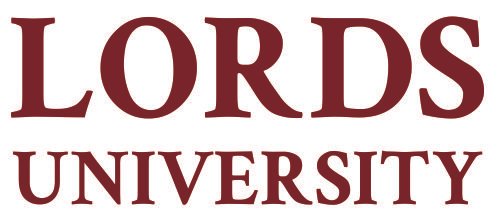Cupping Therapy: A Transformative Workshop Experience
Cupping treatment is a classic alternative healing method that helps with blood flow, muscle tension, and general well-being by using cups to create suction on the skin. The cups used for suctioning certain body parts might be made of glass, silicone, or bamboo, among other materials. This treatment is frequently used to ease pain, reduce inflammation, and encourage relaxation.
It is thought that the suction that the cups create will stimulate blood flow, aiding in the healing of various illnesses and fostering a sense of equilibrium in the body. An educational introduction to cupping therapy, its background, and the many forms of cupping procedures preceded the course. To set the tone for the practical experience, students were given basic knowledge of the cultural and historical basis of cupping therapy.
A cupping therapy workshop organized at Lords School of Physiotherapy
Lords School of Physiotherapy organized a workshop that focused on cupping therapy. The workshop was facilitated by Dr. Madhav Arora (B.P.T, M.P.T), a certified instructor from the JP Rehab Academy. The session empowered our students with comprehensive knowledge and practical skills under his expert guidance, enhancing their proficiency in this therapeutic technique. Dr. Madhav Arora focused on guiding students on things that should be considered when performing cupping therapy.
He mentioned that a thorough assessment of the patient’s medical history, current health status, and specific musculoskeletal issues needs to be conducted. You need to understand whether cupping therapy is appropriate for the patient or not. Further, it is important not to do cupping therapy on open wounds and also be careful if the patient has any blood clotting issues.
Every doctor needs proper communication with the patient about the process of cupping therapy sessions. Every patient should know what to expect out of this therapy, including potential sensations, marks on the body, or any temporary discoloration.
In the workshop, our students got the full opportunity to perform cupping therapy under the guidance of Dr. Madhav and our faculty members. The workshop was not only helpful for the students but also for our faculty members, who were equally excited about the workshop. Our H.O.D., Mr. Mukesh Gupta actively participated in the workshop and guided students towards a better understanding of cupping therapy.
There are different types of cupping therapy, like dry, wet, and fire.
Dry cupping therapy
As part of a classic alternative medicine procedure called "dry cupping therapy," suction cups are applied to the skin to form a vacuum seal. Dry cupping excludes bloodletting, in contrast to wet cupping, which entails making tiny skin incisions and employing suction to extract a small amount of blood. Dry cupping's main objective is to produce suction on the skin's surface to enhance blood flow, ease tense muscles, and improve general healing.
Wet cupping therapy
Wet cupping therapy, sometimes referred to as "Hijama" or "Islamic cupping," is a conventional alternative medicine procedure that entails using cups to apply suction to the skin before making tiny incisions to remove a tiny amount of blood from the desired locations. Unlike dry cupping, which does not involve drawing blood, this procedure is unique.
Fire cupping therapy
Fire cupping therapy uses cups and fire to provide suction to the skin. It is an ancient alternative medicine procedure. It is often regarded as a type of traditional Chinese medicine as it is applied therapeutically. This therapy differs from wet and dry therapy since an open flame is used in fire cupping, which provides the required suction.
In the workshop, all three types of cupping therapy were demonstrated. The goal of the Cupping Therapy Workshop was to give students a thorough understanding of the practice, emphasizing both theoretical knowledge and practical abilities. The workshop was created to guarantee that students received competent guidance and to create a learning atmosphere that blended theoretical understanding with practical practice.




